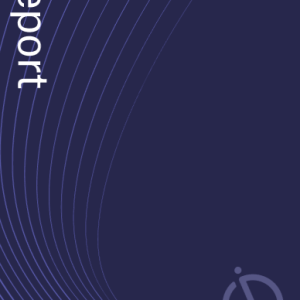Nippon Light Metal has been granted a patent for an aluminum flake pigment. The pigment consists of aluminum flakes, including small-size flakes with a particle size of 1 µm or less. The patent specifies that the ratio of small-size flakes should be between 22% and 35% of the total number of flakes. The pigment is also required to exhibit an L*15 value of 140 or higher and an FI value of 13 or higher. GlobalData’s report on Nippon Light Metal gives a 360-degree view of the company including its patenting strategy. Buy the report here.

Discover B2B Marketing That Performs
Combine business intelligence and editorial excellence to reach engaged professionals across 36 leading media platforms.
According to GlobalData’s company profile on Nippon Light Metal, UAV battery thermal mgmt was a key innovation area identified from patents. Nippon Light Metal's grant share as of September 2023 was 18%. Grant share is based on the ratio of number of grants to total number of patents.
Patent granted for aluminum flake pigment with specific particle size and characteristics
A recently granted patent (Publication Number: US11760885B2) describes an aluminum flake pigment and a method for its production. The aluminum flake pigment is composed of aluminum flakes, with a specific characteristic. The flakes include small-size aluminum flakes, each with a particle size of less than or equal to 1 µm. When observed under a scanning electron microscope, the ratio of the number of small-size aluminum flakes is between 22% and 35% of the total number of aluminum flakes. Additionally, the aluminum flake pigment exhibits an L*15 value of 140 or higher and an FI value of 13 or higher.
In claim 2, it is specified that the ratio of small-size aluminum flakes should be less than or equal to 25% of the total number of aluminum flakes. This claim further refines the desired composition of the pigment.
Claim 3 introduces a measurement method for the particle size distribution of the aluminum flakes. A laser diffraction type particle size distribution measurement device is used to determine the uniformity index (n) based on a Rosin-Rammler diagram obtained from the particle size distribution. The uniformity index should be 2.5 or higher, indicating a desired level of uniformity in the particle size distribution.
The patent also includes a method for producing the aluminum flake pigment described in claim 1. The method involves obtaining atomized particles from pure aluminum or an aluminum alloy using an atomizing method. These atomized particles are then classified to obtain aluminum particles, which are subsequently pulverized to obtain the desired aluminum flakes.
Overall, this granted patent presents a specific composition and production method for an aluminum flake pigment. The pigment's unique characteristics, such as the presence of small-size aluminum flakes and specific particle size distribution, make it suitable for various applications. The method outlined in the patent provides a reliable and efficient way to produce the pigment.
To know more about GlobalData’s detailed insights on Nippon Light Metal, buy the report here.
Data Insights
From

The gold standard of business intelligence.
Blending expert knowledge with cutting-edge technology, GlobalData’s unrivalled proprietary data will enable you to decode what’s happening in your market. You can make better informed decisions and gain a future-proof advantage over your competitors.




